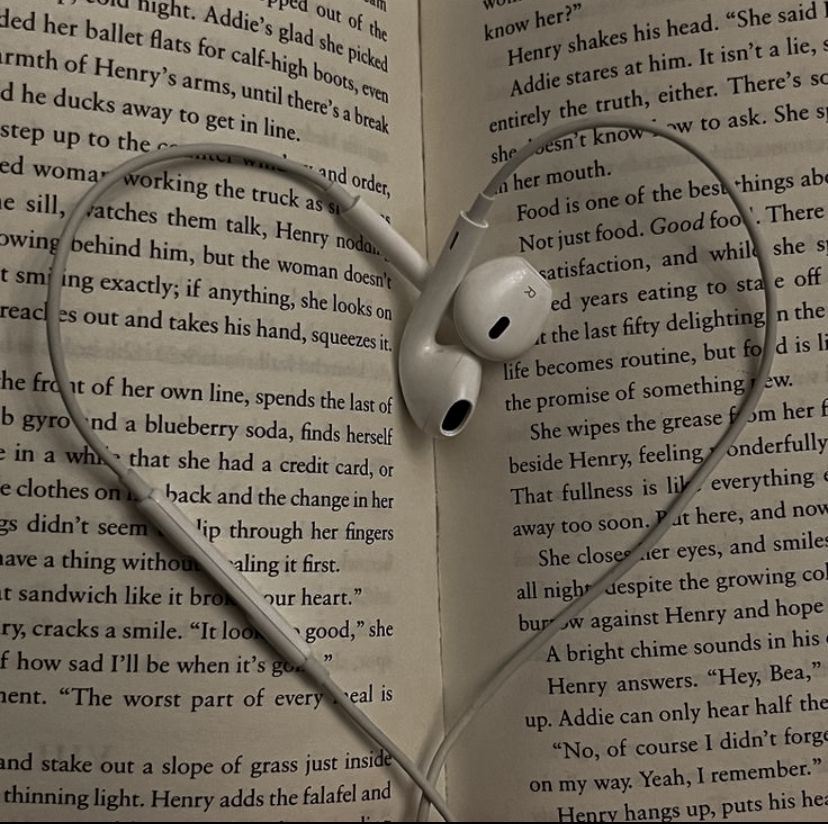Music has the power to inspire, comfort and energize us. Think about the difference in the tempo and melody of the music you play while doing physical activities that increase your heart rate vs. what you play when trying to fall asleep at night. The diversity that music brings to the ears isn’t as simple as “liking a song.” It’s much deeper than that.
“According to a 2007 study, music — classical music, specifically — can help your brain absorb and interpret new information more easily. The researchers found evidence to suggest that music can engage your brain in such a way that it trains it to pay better attention to events and make predictions about what might happen” (Link to article here). I’ve always wondered why so many people tend to listen to classical music while studying. It comes down to the scientific aspect of what connections our brain makes. Music is so subjective; obviously this doesn’t work for everyone. However, between the many studies done surrounding the effects that different genres of music have on our minds, it can be said that music does have an indirect effect on our mood, concentration and motivations.
With that being said, an infographic from Sonos; manufacturer of wireless audio devices, displays the many different genres you should be listening to depending on your environment and tasks at hand. Give it a try.
Link to infographic website here.
Construction workers should listen to heavy metal and classic rock. Athletes and coaches should stay away from polka and oldies. College professors’ lectures are “music for the soul.” All the recommendations listed on the graphic aim toward high productivity in work spaces. Listing 17 different genres and four modes of listening is fully engaging and eye-catching. It gives the audience a sense of what type of music they should be listening to if they want the best focus. Taking the “Creative Cat” path tells me that I should be listening to ambient, baroque/classical and jazz to increase my productivity as I’m writing this.
Cue: Chopin’s “Waltz in A Minor”
The most effective infographics will make the audience’s wheels start to turn about the subject. They will surprise and spark interest. The information should be clear and entice the reader. The infographic from Sonos leads the readers to an answer they didn’t know they needed. From the perspective of Sonos, it’s very effective at grabbing the attention of their audience. It leads them to start thinking about different types of music and how they can change up their environment with the simple switch of a genre.
Sonos’ graphic persuades people to try something new or keep doing what they’re doing in order to increase productivity. The strategic approach behind their data visualization is intriguing and caters to a wide audience. As I am a “Creative Cat”, I can confirm that, when writing or reading, I need music with a myriad of instrumentals and minimal words. Sonos effectively persuaded me to stick to my classical jams while working and it could help you too.
